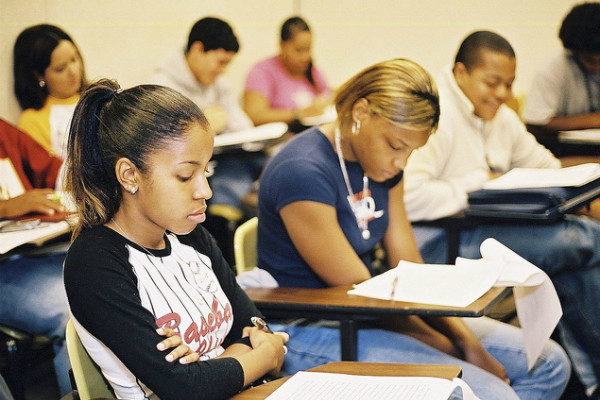A student loan is a form of loan offered to students to pay for their college education, including tuition and matriculation fees, textbooks, room and board and other cost of living expenses while studying for their degree. Compared with regular loans, student loans usually carry substantially lower interest rates. As a rule, the interest is calculated as simple daily interest, that is, the outstanding principal balance is multiplied by the interest rate and divided by 365 days to calculate one day’s interest amount. Student loans typically also come with a repayment schedule that begins only after the student borrowers have completed their college education.
In the United States, there are two sources of student loans: the federal government and the private lending institutions. Federal student loans originated by the government feature fixed interest rates. Private student loans, which are credit-based loans offered by banks and other lenders, feature either fixed or variable interest rates. Those who have no established credit history yet may apply with a creditworthy co-signer to improve the likelihood for loan approval. Private student loans may also be either certified or non-certified. In a certified private loan, your school verifies your eligibility for the loan amount you are requesting and helps you borrow only what you need. As for non-certified loans, they typically have higher borrowing limits and higher interest rates than the certified loans. Also, it may be impotant to know that the interest paid on certified private loans is generally tax deductible while the interest paid on non-certified private loans is not tax deductible.
If you need to borrow for your college education, compare first all offered federal and private student lending offers and assess each as to whether you are comfortable with their respective terms and conditions. Shop around and borrow only what you need. Explore first all possible options for getting scholarships and grants as they can help cut the overall cost of your college education. Once you have fully explored these options, and have availed yourself of as much free money as you can, only then will you know exactly how much additional money you will still have to borrow to finance your schooling requirements. Remember that borrowed money have to be repaid at some point. America’s overall student debt now stands at $1.3 trillion. Many parents and even grandparents are until now still saddled with the problem of how to repay their student loans.
As between borrowing from the government and borrowing from private lending institutions, take note that federal student loans usually carry lower interest rates and have more flexible repayment options than education loans from banks or other private sources. Currently, the U.S. Department of Education has two federal student loan programs: the William D. Ford Federal Direct Loan Program and the Federal Perkins Loan Program.
With the William D. Ford Federal Direct Loan Program, wherein your lender is the U.S. Department of Education, you can find out if you are eligible for any of four loan packages: a “Direct Subsidized Loan” for undergraduate students who demonstrate financial need to help cover the costs of higher education at a college or career school; a “Direct Unsubsidized Loan” for undergraduate, graduate, and professional students who need not present proof of financial need; a “Direct PLUS Loan” for graduate or professional students and parents of dependent undergraduate students to help pay for education expenses not covered by other financial aid; and a “Direct Consolidation Loan” for those who would want to combine all of their eligible federal student loans into a single loan with a single loan servicer.
The Federal Perkins Loan Program is a school-based lending program, meaning here you will have your school as your lender. This is a package that is expressly meant for undergraduates and graduate students with demonstrated exceptional financial need. For details as to how you can qualify for this lending package, you may want to get in touch with the school where you will be enrolling.
